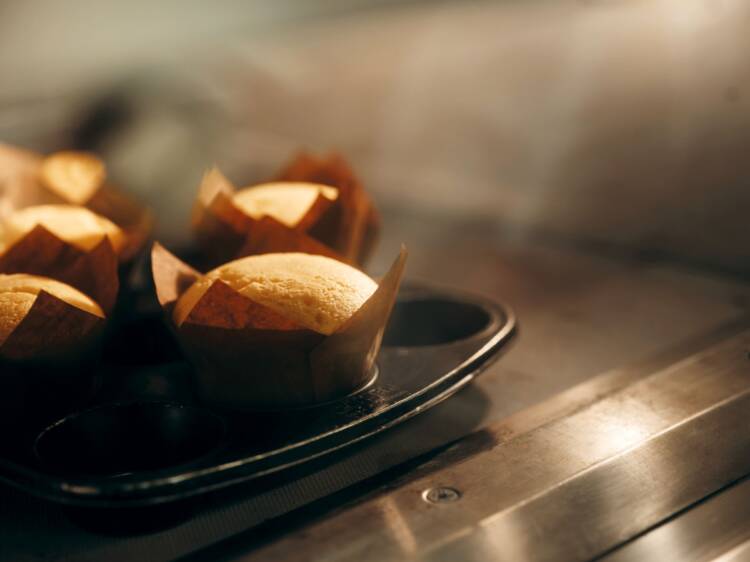Tackling Egg Replacement in Hi-Ratio Yellow Cakes
by Dr. Julia DesRocher, Technical Team, Bakery
Egg replacement is a rapidly growing area of interest for bakery manufacturers, driven by several factors such as egg shortages, rising prices, and the increasing demand for plant-based baking options free of major allergens. Here at Tate & Lyle, we’re leading the search to find suitable alternatives to eggs that can replicate their functional properties in baked goods.
Understanding Whole Egg Functionality
Before delving into egg replacement options, it's essential to understand the functional properties that eggs bring to baked goods. Eggs contribute to foam formation, provide structure through protein coagulation, aid in emulsification, tenderize the final product, impart color, and offer nutritional benefits. Replicating these functionalities without eggs poses a significant challenge.
Chickpea Functionality as an Egg Replacement
Our Artesa® Chickpea flour and protein have emerged as promising options for egg replacement in baking. These ingredients possess functional properties that align with several key aspects of whole eggs in a bakery mix. Let's explore how they compare:
- Foam formation: Chickpea flour and protein can generate foam, contributing to the desired texture in baked goods.
- Structure (protein coagulation): The proteins in chickpea flour and protein can coagulate, providing structure to the final product.
- Emulsification: These ingredients exhibit emulsifying properties, enabling the proper distribution of fats and liquids.
- Tenderization: Chickpea-based replacements can help achieve the desired tenderness in baked goods.
- Color: Artesa® Chickpea flour and protein offer a neutral color and a clean taste, ensuring no undesirable impact on the appearance of the final product.
- Nutrition: These ingredients provide protein, fiber, and starch, enhancing the nutritional profile of baked goods.
- Bulking and Binding: Chickpea-based alternatives contribute to the bulk and binding properties required in baking.
Exploring Egg Replacement in Muffins
To showcase the potential of chickpea flour and protein as an egg replacement, our research focused on muffins. By combining chickpea flour, protein, and Tender-jel C® starch, we aimed to address the structure and height challenges encountered when eggs are removed from the recipe.
The initial results were highly promising. The chickpea flour+ chickpea protein + starch solution helped overcome the limitations posed by the absence of eggs, resulting in muffins with improved structure and height. These findings underline the potential of chickpea-based alternatives for egg replacement in various bakery applications.
Trialing Egg Replacement in Hi-Ratio Yellow Cakes
Building upon the success in muffins, our research team is now exploring the application of the blend in hi-ratio yellow cakes. These cakes present a more complex challenge due to their higher sugar content, which can impact the texture and overall quality of the baked goods.
Despite the added complexity, early findings suggest that the mix is effective in reducing stickiness in the batter and improving the springiness of the final cake. These results provide valuable insights for manufacturers seeking to replace eggs in cakes without compromising taste or texture.
Advancing the Solution: Adding Emulsifiers
At the time of writing, I’m finalizing my study on egg replacement challenges. In the next research phase, I plan to incorporate emulsifiers into the solution combo. Doing so should bridge the gap further between the solution and traditional egg-containing recipes.
As we progress in our pursuit of the perfect egg replacement for baking, I invite you to connect with us at Tate & Lyle and share your own requirements and challenges. If you want to ride this trend, whatever your reasons may be, our team can help you find the perfect formulation.

